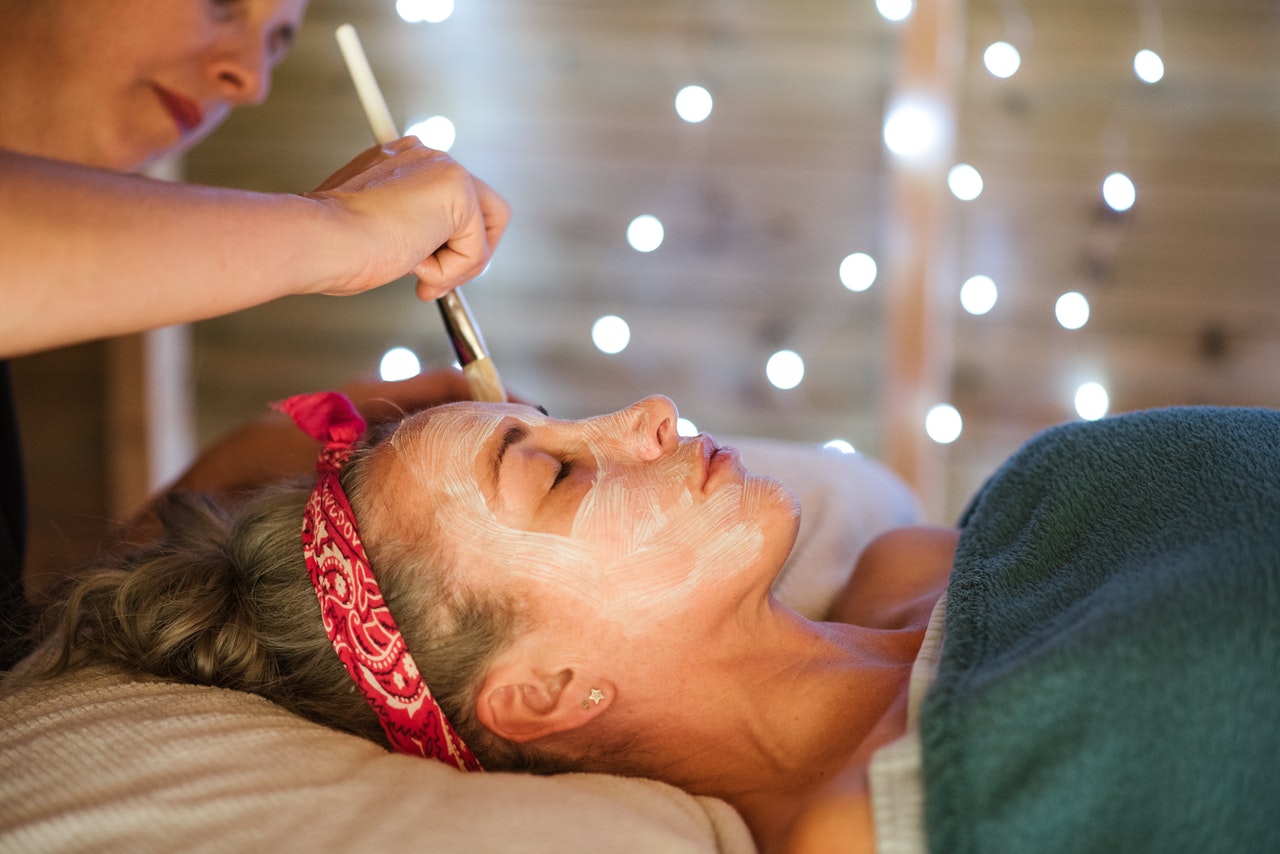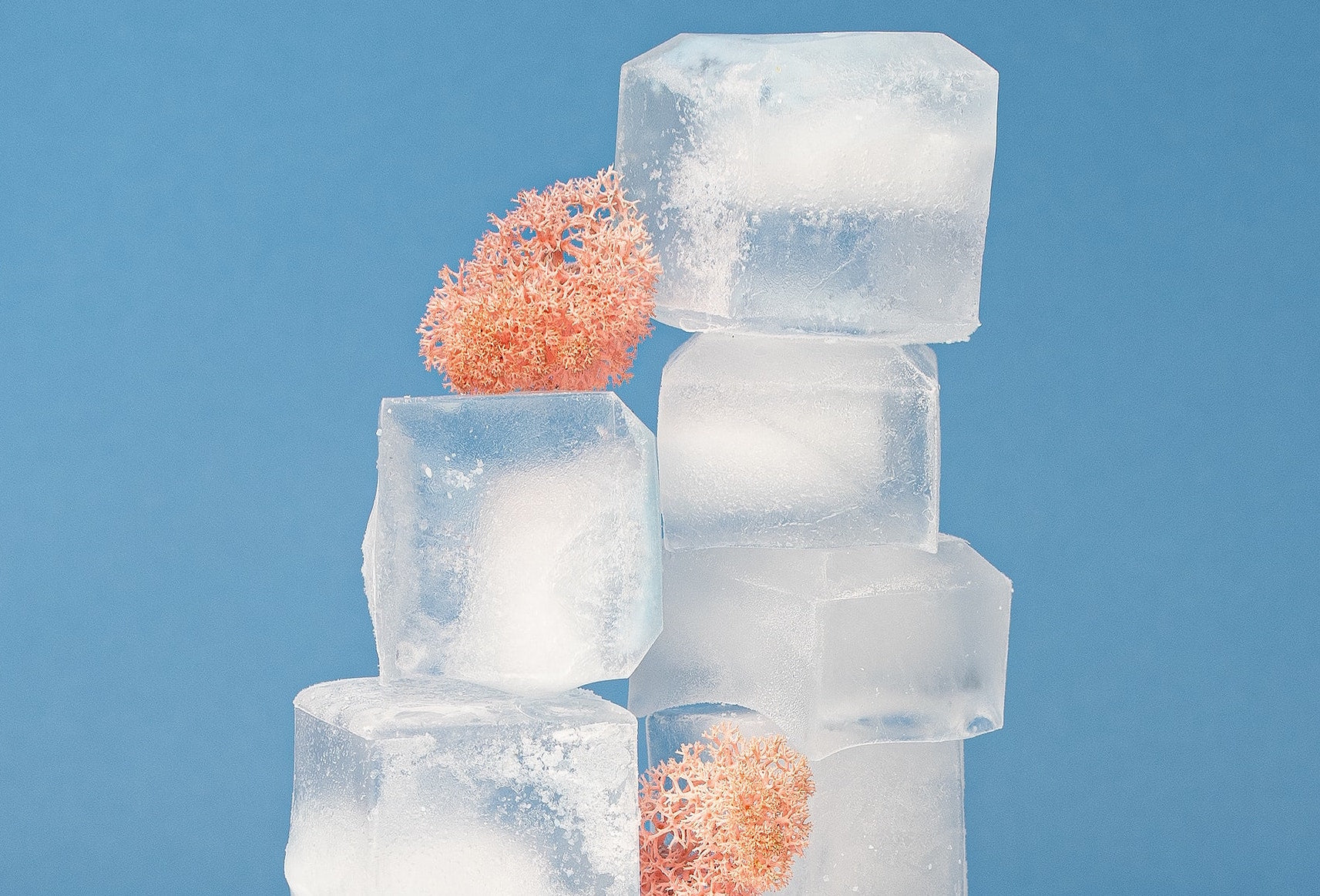
What is the Importance of the Exfoliation Process for the Skin
Cleansing and moisturizing your skin are two very important techniques for maintaining the health of your skin. However, your skin won't be as healthy as it can be unless you also exfoliate it. Exfoliation is a process that allows dead skin cells to be effectively removed from the outermost layers of a person's skin. Along with removing dead skin cells, exfoliation also assists with improving blood circulation and enhancing the appearance of your skin. There are several different methods that are used to perform the exfoliation process, which include an exfoliating glove, brush, sponge, or scrub. You could also use chemicals to remove dead cells from your skin. Keep in mind that each method requires different techniques for exfoliating the skin.
The reason that the exfoliation process is so important is because it allows dead skin cells to be removed, which is essential for dull or dry skin. Keep in mind that cell regeneration slows down as a person ages, which means that the body becomes less able to get rid of old skin cells and generate new ones. If the dead skin cells continue to build up, your skin can start to look rough and dry. It's also important to understand that the pores on your skin could become clogged, which may lead to the development of acne and other skin blemishes. Exfoliation helps to unclog the skin and reveal new cells for a rejuvenated appearance.
Keep in mind that exfoliating your skin on a regular basis helps to bolster the remainder of your skincare routine. By removing dead skin cells that only serve to clog up the pores on your skin, your moisturizing products will be able to better penetrate the skin, which ensures that the products will be more effective at providing you with healthy skin. Before you exfoliate your skin, you'll need to know your exact skin type, which could be anything from dry to sensitive. With this skin type in mind, you'll have a better understanding of what type of exfoliation method to use on your skin. This guide offers a comprehensive look at the exfoliation process and how it can benefit your skin.
The reason that the exfoliation process is so important is because it allows dead skin cells to be removed, which is essential for dull or dry skin. Keep in mind that cell regeneration slows down as a person ages, which means that the body becomes less able to get rid of old skin cells and generate new ones. If the dead skin cells continue to build up, your skin can start to look rough and dry. It's also important to understand that the pores on your skin could become clogged, which may lead to the development of acne and other skin blemishes. Exfoliation helps to unclog the skin and reveal new cells for a rejuvenated appearance.
Keep in mind that exfoliating your skin on a regular basis helps to bolster the remainder of your skincare routine. By removing dead skin cells that only serve to clog up the pores on your skin, your moisturizing products will be able to better penetrate the skin, which ensures that the products will be more effective at providing you with healthy skin. Before you exfoliate your skin, you'll need to know your exact skin type, which could be anything from dry to sensitive. With this skin type in mind, you'll have a better understanding of what type of exfoliation method to use on your skin. This guide offers a comprehensive look at the exfoliation process and how it can benefit your skin.
Key Takeaways:
- Exfoliation is an extremely important process of the skin that removes dead skin cells.
- You should learn your skin type before decided how often and how to exfoliate your skin.
- Exfoliating your skin not only removes dead skin cells, it also helps improve circulation, improves skin turnover, and ensures moisturizers and serums are absorbed correctly.
What is the Best Way to Exfoliate?

As for oily skin, the mechanical method is your best option. Anyone with combination or normal skin can use the exfoliation method that they prefer. After you exfoliate your skin through the mechanical or chemical process, you must then apply an SPF product or a moisturizer that contains SPF. This will help to protect the new skin cells from sun damage.
Mechanical
There are four separate pieces of equipment that you can use when you want to employ the mechanical exfoliation method. These pieces of equipment include:- A scrub - Scrubs can be placed on your skin in circular motions. Make sure that you don't scrub too hard. Once the scrub has been applied, wash your skin with warm water.
- A brush - You can use a soft-bristle brush to get rid of dead skin cells on your body or face. Certain bristle brushes are designed solely to be used when the skin is dry. On the other hand, you can find bristle brushes that can be used with a body wash or facial cleanser
- A glove - If you decide to use a glove for exfoliating purposes, make sure that you lather the glove with body wash or soap while taking a shower. This particular method works great at exfoliating larger areas of the body, which extend to the arms or legs.
- A sponge - While mechanical methods of exfoliation typically cause irritation on dry or sensitive skin, sponges are relatively gentle, which means that this specific technique can be used on all skin types. Lather the sponge with body wash or soap while in the shower.
Chemical
The two primary chemicals that can be used to exfoliate the skin include alpha-hydroxy acids and beta-hydroxy acids. AHAs include chemicals like citric acid, lactic acid, and glycolic acid. These chemicals help to break apart dead skin cells and can assist your skin in shedding these cells naturally. As for BHAs, they primarily include salicylic acid and beta hydroxyl. These chemicals are considered to be ideal for individuals who suffer from acne breakouts.Exfoliating Each Body Part

In many cases, different areas of the skin require exfoliation at different intervals, which means that you likely shouldn't exfoliate every area of your body at the same time. If you have dryer skin, you should consider exfoliating around 1-2 times every week. The same is true with sensitive skin. If you have normal or combination skin, consider exfoliating anywhere from three times per week to every day.
Face
While the rate at which you exfoliate your skin mainly depends on the skin type that you have, the face is a sensitive area of the body for most people, which means that exfoliation should only occur 1-2 times per week. If you have sensitive or dry skin, consider exfoliating your face once every week. If you use a scrub, rub the product into your face in circular motions before rinsing with lukewarm water.When you decide to use a chemical for the exfoliation process, apply the liquid to your skin with a washcloth or cotton pad. You can better identify which form of exfoliation is right for your skin by speaking with a dermatologist.
Arms and Legs
For your arms and legs, consider exfoliating the areas with a brush, glove, or sponge, all of which are able to exfoliate large areas of the body without issue. When applied to the skin, these exfoliation methods can stimulate circulation and remove dead skin cells. You can also find a body scrub online or at a local pharmacy. With this product in hand, lather your arms and legs with the scrub while in the shower.Another effective way to scrub these areas of your body is through dry brushing, which is a technique that uses dry bristles to exfoliate the skin and penetrate deeper into the uppermost layers of the skin. Dry brushing can increase your circulation as well.
Feet and Hands
The best products to use to exfoliate your feet and hands include peels and scrubs. These are considered to be the roughest areas of the body, which makes them different from any other location on the body. Your hands and feet are regularly exposed to dryness, heat, and cold. For your feet, consider using a pumice stone, which is an abrasive stone that can soften calluses, remove dead and dry skin, and work well with rough skin. Consider exfoliating these areas of your body 1-2 times every week.Pubic Area
For your pubic area and bikini line, body brushes and loofahs work best to exfoliate these areas. Keep in mind that the skin will need to be softened before exfoliation, which is why exfoliating the pubic area is most effective when taking a shower with warm water. Apply the scrub gently before rinsing the area thoroughly.Benefits of Exfoliating

- Should remove all of your dead skin cells in the areas where you exfoliate
- Significantly improves circulation
- Ensures that moisturizers and serums are better absorbed into the skin
- Encourages the turnover of skin, which should provide your skin with a brighter appearance
The exfoliation process is a great way to rejuvenate your skin and remove the dead skin cells that could cause the other skincare products that you use to be less effective than you would like. When you exfoliate any area of your body, the process should only take around 30 seconds to one minute. Make sure that you exfoliate your face anywhere from 1-3 times every week. If you have dry or sensitive skin, it's important that you don't over-exfoliate, which could cause your skin to become reddened and irritated.
After you have finished exfoliating your skin, make sure that you follow this up by applying an SPF product and moisturizer to your skin for a healthy appearance that's protected from the possibility of sun damage. When searching for the right moisturizer, remember that some moisturizers contain high SPF.












Leave a comment
This site is protected by hCaptcha and the hCaptcha Privacy Policy and Terms of Service apply.